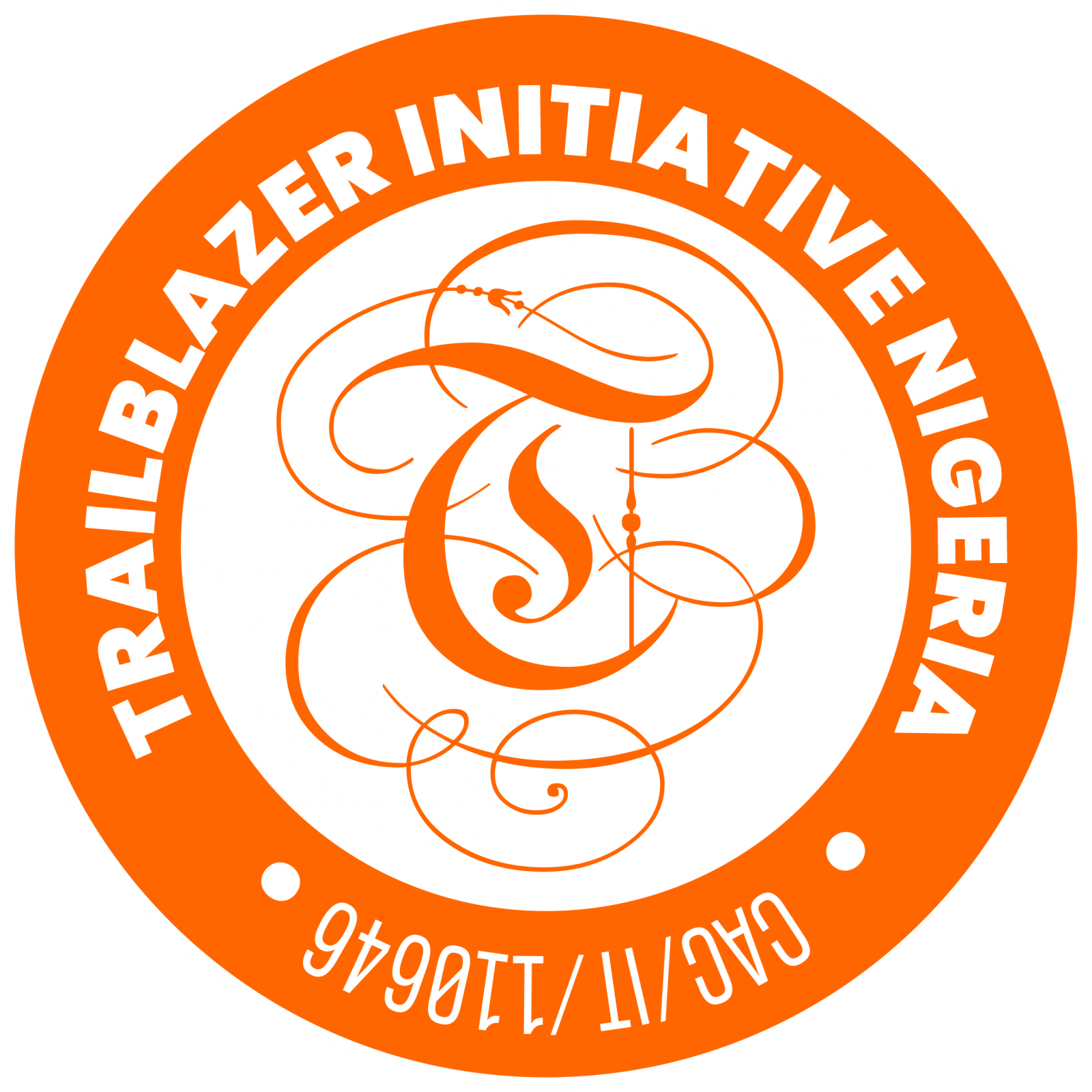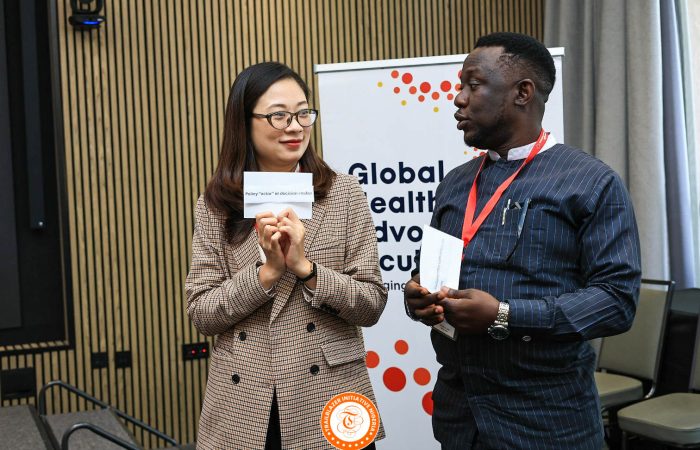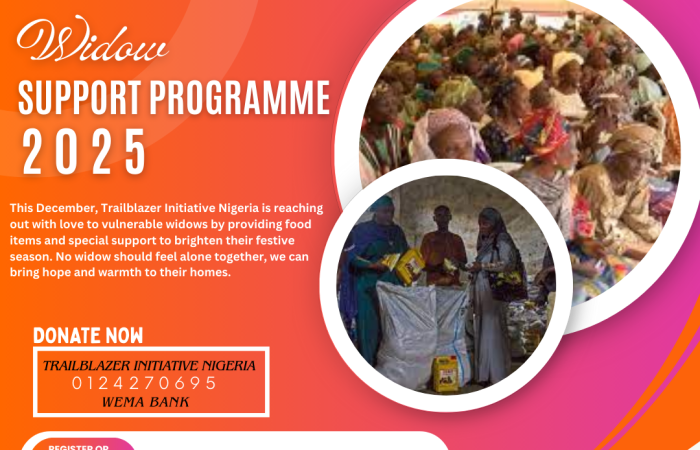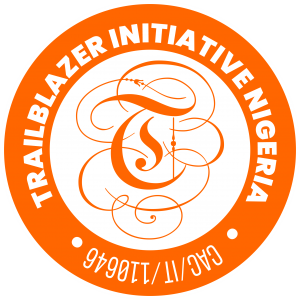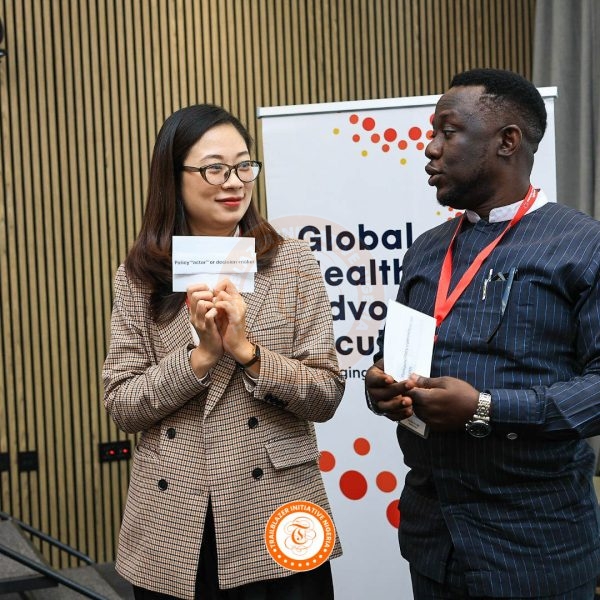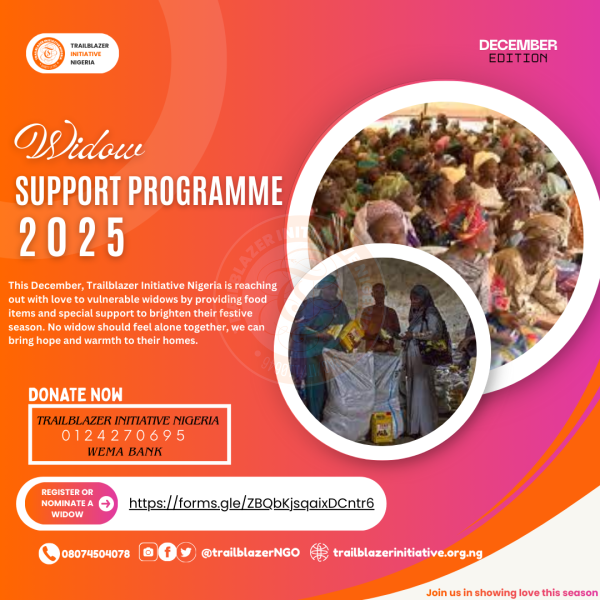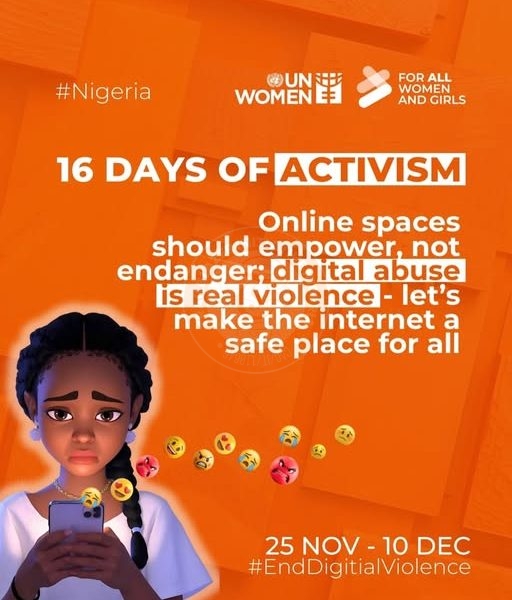Compiling annual reports can simultaneously be an interesting yet daunting challenge for nonprofit organizations. In today’s age of technology and data, impact and success stories, it is tough to stand out and forge long-term relationships with supporters.
Annual reports are not only a necessity for government organizations in several countries, but are invaluable opportunities to touch-base with current and potential supporters by highlighting your accomplishments and inspiring future action. They establish transparency and goodwill about the organization, and help truly bring the organizations mission to life.
Here are some tips to create an annual report that will stand out and engage your supporters:
1. Accomplishments Over Activities
Think of your annual report as your right to brag. Annual reports covey, over everything else, how your nonprofit organisation’s core mission has furthered in the past year. This is the place to talk about the progress you’ve made, the lives you have impacted and changed. The annual report may not be the best place to get into the specifics of your activities – use emails and newsletters for those updates – however do focus on what those activities helped you accomplish.

The above page from Save The Children’s 2015 annual report highlights the part of their mission (‘to inspire breakthroughs in the way the world treats children and to achieve immediate and lasting change in their lives’) that was furthered via activities undertaken through that year.
2. Make It Personal
An annual report is a fundraising asset, and in order for it to work, it has to connect with the readers. Illustrate your nonprofit organizations hard work with the help of real stories of real people. Images, direct quotes and first-person narratives of beneficiaries humanize statistics. Needless to say, always be honest and sincere while writing these stories.
The two snippets below from the reports of Latin American Youth Centre and Mercy Corps respectively, use human stories and emotion to build a connection with the reader.


3. Utilize Powerful Imagery
It is always a good idea to avoid long winding essays of text, for images, icons and infographics that convey a lot of information in the most efficient manner. To help you get started, here are a few photo and design opportunities to look into –
-
Pictures of people engaged during your events
-
Pictures of staff and volunteers in the midst of their duties
-
Infographic representations of numbers and figures with emphasis on the impact achieved
-
Quotes from donors, supporters or beneficiaries
-
Pictures of beneficiaries
-
Readable charts to illustrate numbers (such as financials)
Invest in capturing great photos and videos, or designing a suite of graphic elements. These are not only useful for annual reports, but can be used across your branding assets such as websites, social media profiles and other printed collateral. Do remember to always caption these elements in the annual report as readers will read the caption even if they skip the block of text right next to it.
Here are two great examples from Girls Who Code that use happy, meaningful pictures, and simple graphic elements to convey information that draw the reader’s attention:


4. Transparency is Key!
Be specific. Acknowledging both highs and lows goes a long way in building and maintaining trust among your donors and supporters. Donors want to know how their money has been utilized and therefore including financials in your annual reports is a must, but remember that most readers will not know how to read a financial statement. Explain in the simplest terms (using infographics, charts and visual aids) exactly where your money comes from, how much of it and how much was utilized and for which activities.
A great example of simplifying financial information using pie-charts and bold colours, is found in Save The Children’s annual report. This offers a much preferable and efficient snapshot into the charity’s financials than pages upon pages of spreadsheets:

5. Thank Your Donors
Make your donors feel appreciated in your annual report by including their names. There are different ways of doing this – a personal thank-you letter from the Executive Director / CEO of your nonprofit organization to all the supporters, or a listing of all donors with the thank you section of the report. It depends on various factors such as how many supporters you wish to thank, how brief or detailed you want to make the report and how many pages you want to dedicate to this section.
No matter which way you choose to convey gratitude, make sure you include this section in your annual report. For example, Boys & Girls Club of Cleveland choose to list donors who contributed $500 or above, and categorised the listing as per Foundations, Corporate, Government and Individuals:

6. Proof-read Everything Twice!
This is a small but sometimes overlooked step of building an annual report – always make sure your annual report is proof-read for spelling mistakes and text or image alignment issues before it is sent for print! There is nothing worse than having hundreds of copies of a report printed, only to discover a glaring typo (especially if it a donor’s name!).
A good hack to avoid this hassle is having the final copy proof-read by someone who has never seen the report before. It is far more likely for them to catch mistakes that people working on the report over several days may have overlooked.
7. Inspire Future Action
Finally, once you have gone over your stories and successes, included the inner workings, and thanked the relevant people for the progress you’ve made; how do you conclude an annual report? This is the time to tell them how they can help in making sure you keep up the good work. Enlist the ways in which the reader can contribute next by way of more donations, volunteering support or even by simply sharing this report. Do not leave a potential donor hanging, and be clear about how they can help.
For example, like Austin Children’s Shelter below, include direct links to pages on their website, ongoing annual campaigns, and social media pages. They are clear about the help they seek (“help us raise more funds” and “grow support for annual events”).


Resources to Help You Get Started
-
Look for free nonprofit annual report templates available online and use them as starting points to gather the information that will go into the annual report.
-
Use free design tools such as Canva or PiktoChart to create graphic elements.
-
Consider foregoing printed annual reports for online digital copies that can save tremendous costs and be good for the environment. Try an online publisher such as Issuu to display reports in a booklet format, or make PDF copies available on your website.
